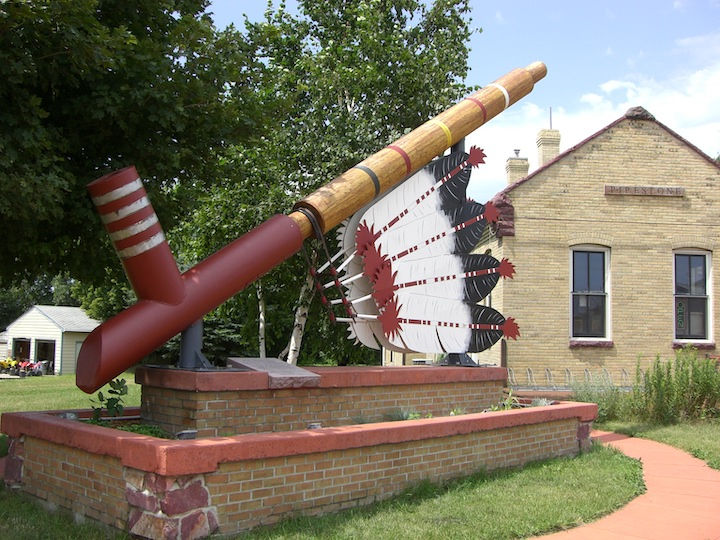Is Osteopathic Medicine Based On Shawnee Medicine?
- Ken Cohen
- Aug 2, 2024
- 3 min read
Updated: Sep 24, 2024
©2024 Kenneth S. Cohen

Keep Your Skepticals On! Increasing numbers of both indigenous and non-indigenous people are promoting the idea that osteopathic treatments are based on Shawnee and possibly Cherokee medicine. Osteopathy is a branch of medicine that includes primary and specialized care—basically everything that MDs practice as well as a unique and effective form of somatic therapy (Osteopathic Manipulative Treatment). “A. T. Still learned osteopathic medicine from the Shawnee and Otoe in Missouri,” proclaims Dr. Donald Warne, director of the Center for Indigenous Health, Johns Hopkins School of Medicine. A similar assertion is made in “Indigenous Roots of Osteopathy” and other articles published in peer reviewed journals. https://journals.sagepub.com/doi/10.1177/11771801231197417?icid=int.sj-full-text.citing-articles.3
The founder of Osteopathy, Andrew Taylor Still (1828-1917) was interested in preventive and alternative treatments, acknowledged the inspiration of nature, and was a devout Christian. He lived and practiced medicine for several years among the Shawnee, learned to speak their language, and sometimes used the phrase, “Taking an Indian look” which he explained as “Forgetting what you know and just to quietly observe with no thoughts.”
I can personally attest to not only the effectiveness of Osteopathic Manipulative Treatment, which I have received at the hands of three outstanding D.O.s, but also to the deeply introspective and spiritually expansive state it may induce. Yet I wouldn’t go so far as to say that Still admired the Shawnee. Still’s father was a missionary and his great grandfather and three of his great grandfather’s children were killed by the Shawnee. Still did not personally attribute his unique hands-on therapy to the Shawnee. In a lecture delivered in 1901, he states that he did observe a Shawnee bonesetter trying to set a dislocated hip by tying the limb to a pony’s tail and then “the pony driven away with whips.” He then explained “Mebby-so leg come off, mebby-so hip get set. Frontier surgery with a vengeance!” He was equally disparaging of other indigenous therapies. “The Indian treatment for cholera was not much more ridiculous than are some of the treatments of some of the so-called scientific doctors of medicine.” (Still: Autobiography, p. 21) Still makes it clear that he did not believe in the curative power of Shawnee herbal teas. Instead, Still “gave them [the Shawnee] such drugs as white men used.” (op. cit.) This to me does not connote admiration for Native medicine or his wish to emulate it. Yet, the alleged influence of the Shawnee bonesetter and Shawnee traditional healing on osteopathy is stated as fact, again and again.
In striking contrast to Indigenous views of healing and the values that underlie it, here are some quotes from Still’s autobiography, “As Osteopathy is a science built upon the principle that man is a machine, I will have to draw your attention to the fact that I began the study of machinery in 1855 and continued to 1870.” Still believed that the best way to study the human machine was by dissecting bodies (Still: Autobiography p. 33) “My subjects were the bodies exhumed from Indian graves. Day and night, like any other grave-robber, I roamed about the country and often at moonlight and often in the day-time with shovel disinterred the dead Indian and utilized his body for the good of science… The dead Indians never objected to being object-lessons for the development of science. Their relatives knew nothing about it…” He explains that “Indian after Indian was exhumed and dissected…a thousand experiments were made with the bones…”
My opinion is that we need to be careful and weigh the evidence before attributing a healing modality in one culture to a different culture because of some shared characteristics, whether this be a similar philosophy of healing or parallel methodologies. As another example, the Maya of Mexico and Guatemala have an ancient and highly sophisticated system of acupuncture, called Jup in Mayan, which is used to balance the life energy. There are also historic reports of Cherokee, Blackfoot and other North American First Peoples puncturing points with thorns, stone points, or other materials to create specific therapeutic effects. Does this mean that Native American acupuncture was influenced by the Chinese or that these technologies were carried from Asia across the Bering Straits? There is no reason to make such an assumption. Diverse people who are attuned to nature and pay attention to their bodies discover similar methods of healing.
If someone shows me convincing evidence for an indigenous origin of Osteopathy, I will change my opinion, edit or delete this essay, and would be more than happy to promote different information, adding osteopathy to the many gifts that indigenous culture and science gave to North America and the world.




Ken, it is possible that Still got some of his bonesetting ideas from his mother's family. England had a long tradition of Lightning Bonesetters, with skills passed down generationally. One of the more famous families were the Taylors https://en.wikipedia.org/wiki/Traditional_bone-setting from near Manchester. I do not know if Still's family was from there, but if not it is quite a coincidence.